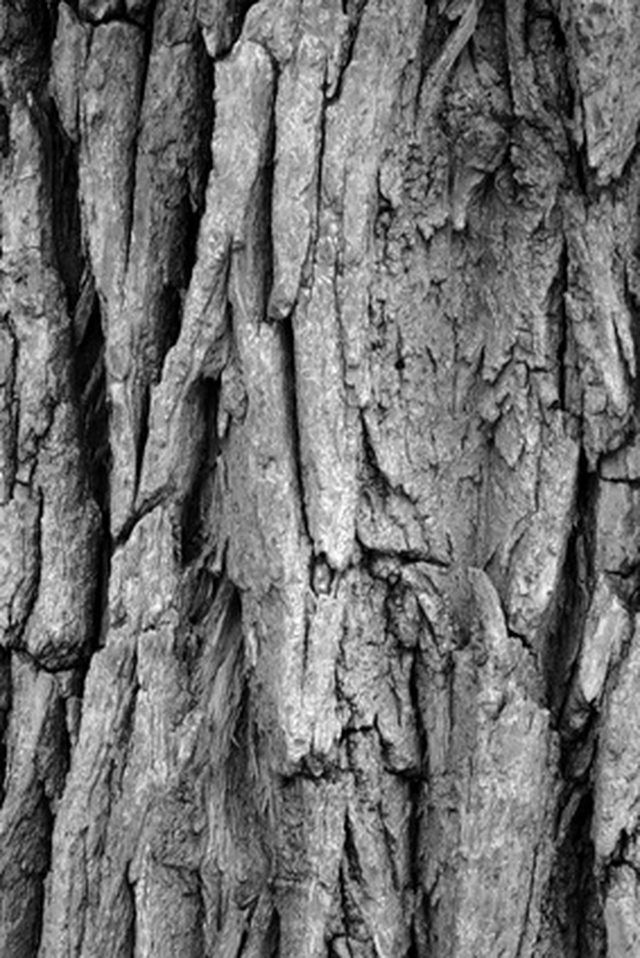Bulbs
Flower Basics
Flower Beds & Specialty Gardens
Flower Garden
Garden Furniture
Garden Gnomes
Garden Seeds
Garden Sheds
Garden Statues
Garden Tools & Supplies
Gardening Basics
Green & Organic
Groundcovers & Vines
Growing Annuals
Growing Basil
Growing Beans
Growing Berries
Growing Blueberries
Growing Cactus
Growing Corn
Growing Cotton
Growing Edibles
Growing Flowers
Growing Garlic
Growing Grapes
Growing Grass
Growing Herbs
Growing Jasmine
Growing Mint
Growing Mushrooms
Orchids
Growing Peanuts
Growing Perennials
Growing Plants
Growing Rosemary
Growing Roses
Growing Strawberries
Growing Sunflowers
Growing Thyme
Growing Tomatoes
Growing Tulips
Growing Vegetables
Herb Basics
Herb Garden
Indoor Growing
Landscaping Basics
Landscaping Patios
Landscaping Plants
Landscaping Shrubs
Landscaping Trees
Landscaping Walks & Pathways
Lawn Basics
Lawn Maintenance
Lawn Mowers
Lawn Ornaments
Lawn Planting
Lawn Tools
Outdoor Growing
Overall Landscape Planning
Pests, Weeds & Problems
Plant Basics
Rock Garden
Rose Garden
Shrubs
Soil
Specialty Gardens
Trees
Vegetable Garden
Yard Maintenance
How to Identify Red Berry Trees in Ohio
How to Identify Red Berry Trees in Ohio. Ohio consists of mountains, woodlands and swamps throughout the state. With a diversity of land, the state has many kinds of plants. For instance, there are many berry trees that can be seen particularly in woodland and mountain areas. Red berry trees are a type of berry tree and can be identified by not...

Ohio consists of mountains, woodlands and swamps throughout the state. With a diversity of land, the state has many kinds of plants. For instance, there are many berry trees that can be seen particularly in woodland and mountain areas. Red berry trees are a type of berry tree and can be identified by not only their fruit, but their bark and leaves as well.
Analyze the shape and color of the leaves on the tree. Red berry trees in Ohio have leaves that range from dull green to dark shiny green, and the shapes are mostly oval or lobed. For example, red mulberry leaves are dark glossy green and lobed, while downy serviceberry leaves are pale green, slender and toothed on the edges. Hawthorn leaves are lobed, dark green on top and reddish brown on the bottom.
Examine the flower on the tree. Most red berry trees in Ohio have white colored flowers. Red mulberry flowers are white or green and bloom in the spring. Common hackberry flowers are small greenish white flowers and hawthorn flowers are fragranted, five-petaled and white. Crabapple has five-petaled pink or red flowers that cluster.
Look at the size of the fruit on the tree. Fruit on red berry trees in Ohio grow no larger than two inches in diameter. Common hackberry trees have clustering fruit that are red to purplish red, oval, and grow up to 1/4 inch in diameter. Hawthorn fruit is oval, clustering and dark red. Its fruit grows up to 1/2 inch in diameter. Crabapple has fruit that are bright red and grow up to two inches in diameter. Red mulberry trees have berries that are red to black and grow up to 1 inch in diameter. Downy serviceberry fruits are 1/3 inch in diameter.
Examine the bark on the tree. Bark on red berry trees in Ohio is either smooth or rough-textured. For example, downy serviceberry has gray to dark brown bark that is closely grained and smooth. Common hackberry bark is light gray and roughly textured with wartlike bumps. Hawthorn bark is smooth and gray. Despite the smoothness of the bark on hawthorns, it consists of tiny thorns that make it hard to touch.